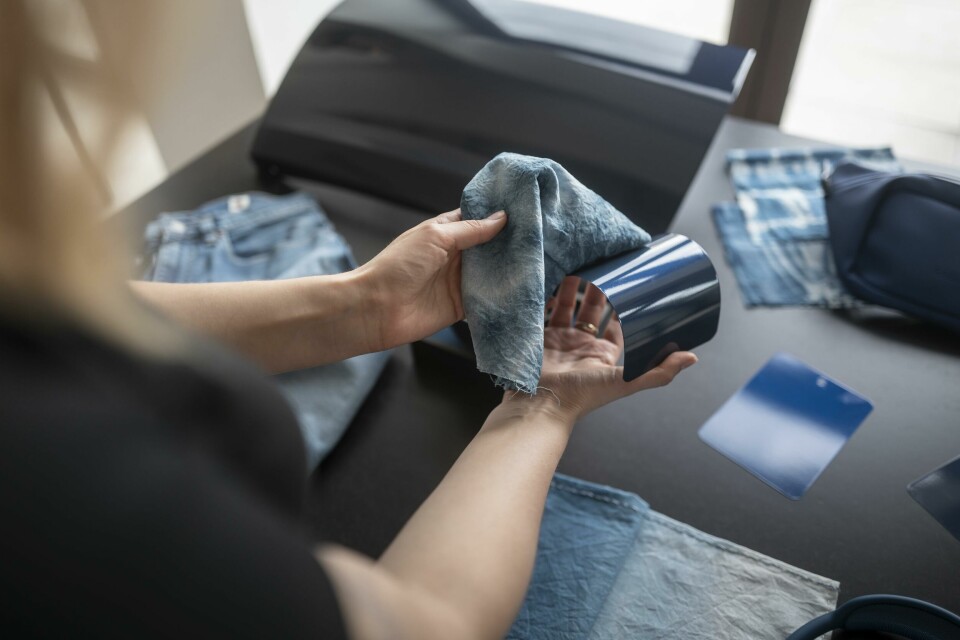
Mazda explores old solutions to new CMF problems
A visit to Marseille revealed how Mazda is drawing inspiration from age-old painting and dyeing techniques
Mazda has tethered itself closely to the idea of craftsmanship as a brand differentiator. This of course extends to various elements of the vehicle, but perhaps nowhere greater than within the CMF team.
Working closely with the clay modellers, exterior design specialists and pretty much anyone else involved in the design of a vehicle, the fairly compact CMF team at Mazda’s Frankfurt design studio is constantly exploring new ways of colouring, constructing and finishing.
This goes some way to explaining why, this week, we found ourselves on a remote hillside in the south of France investigating the origins of ‘ochre’, a bright orange soil once considered one of the most valuable and versatile pigments available.
Hacked away from the ochre mountains near Roussillon, stored and then processed over the course of a year, the material was originally an exceptionally labour-intensive process. To heavily simplify things: after mining, the clumps are washed with water to separate the sand and ochre, leaving the pigment behind.
“This is one of the oldest crafts on earth,” noted our guide Lucile Reynal de Saint Michel, a colour expert at the ôkhra écomusée (ochre museum) in Roussillon. This certainly seemed to resonate with our other resident expert Alena Gersonde, senior colour and material designer at Mazda Motor Europe. “We’re big on craftsmanship here at Mazda,” Gersonde emphasised. “And for us, it’s crucial that we keep this atmosphere of ‘exploration’ in our team.”
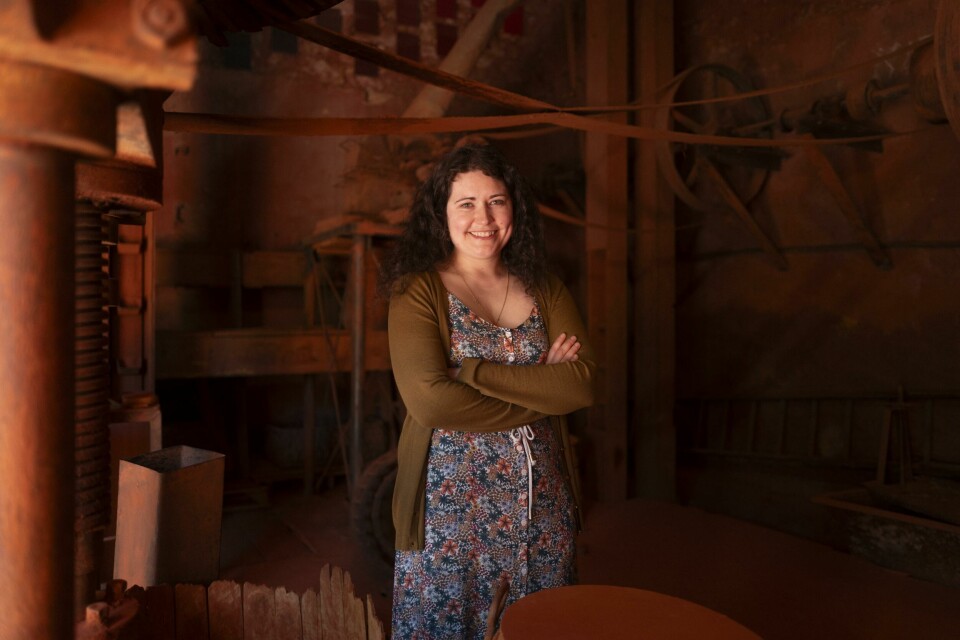
Ochre carries a turmeric, mustard-like hue is its natural state but can be baked to obtain a much deeper red-ish brown. It is not easy to achieve that finish though. Workers would endure painstaking 36-hour shifts to bake the ochre in a huge outdoor oven (typically during the already sweltering summer sun) monitoring the escaping steam closely: leave it too long, and the batch will burn and blacken. Side by side, the two colours complement each other perfectly and are exceptionally long lasting.
The atrocious conditions workers were subjected to in the mid 1900s are now long gone, as are the artisanal mining practices which have been replaced by modern machinery, but ochre remains widely available as a pigment and by all accounts is cheaper than synthetic alternatives when bought in bulk: about €8/kg versus €15kg, we were told.
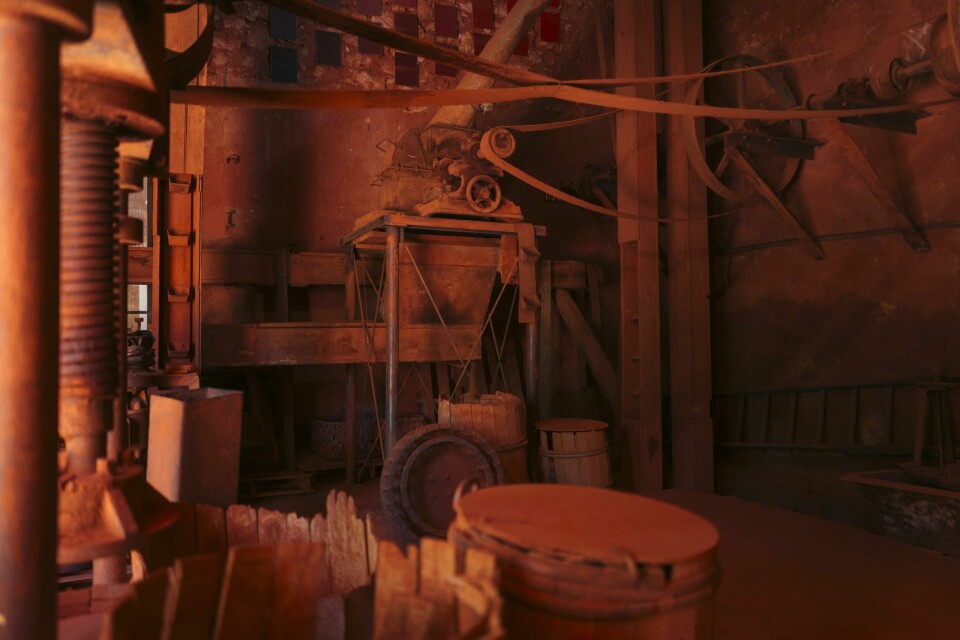
It was a little disappointing then to learn that, certainly for the time being, it remains a purely exploratory exercise: ochre is not currently planned to be industrialised within Mazda’s CMF process. Based on some of the stunning colours reflective of Provence, we hope that changes, although the practicalities of working with quite a niche material are obvious.
“This exploration of ochre is super interesting, and we see workshops like this as being incredibly inspirational,” noted Gersonde. “If you see an earthy red or yellow on future models, you’ll know why.”
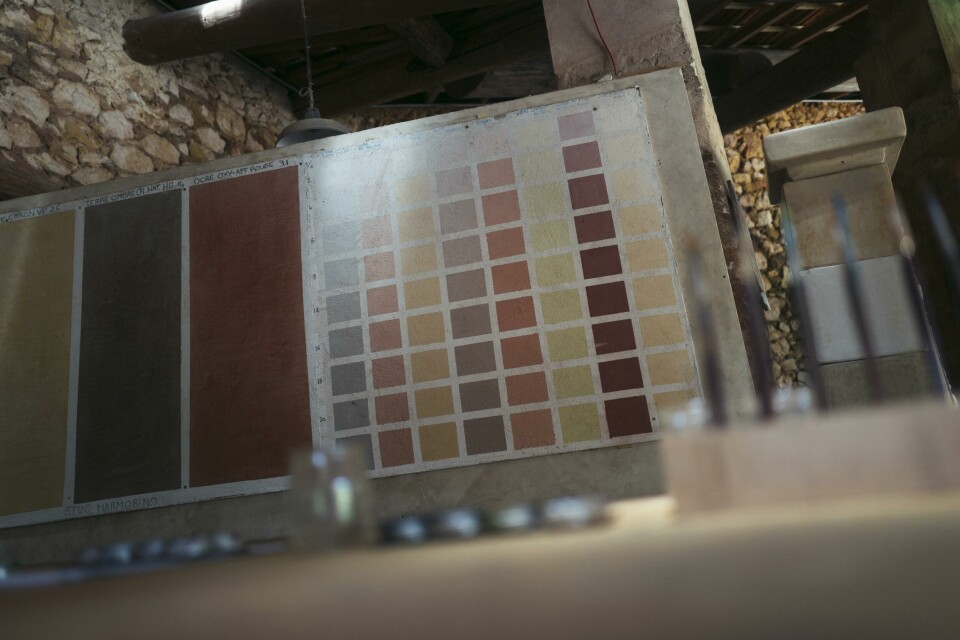
While ochre itself is not on the table, it illustrates how CMF teams are constantly exploring new opportunities, even if they are existing solutions that have simply been long forgotten.
One such example is the use of indigo, a pungent substance that is incredibly difficult to remove from your fingers in powder form. Trust us. An internal exercise conducted in Frankfurt led to the creation of a new exterior paint that almost shapeshifts in the light. By hand dying twisted fabrics in a bucket of indigo solution and drying overnight, the result was a beautiful mix of navy and sky blues. The team decided to replicate that with a paint that could be transferred to the exterior of a vehicle, achieved partly through a three-layer paint process that includes a ‘special’ translucent second layer.
Different types of this layer were trialled to see how the same blue base may look different with different additives. For context, this is exactly what we discovered during the ochre workshop, mixing different powders with binders such as acrylic, gum, cottage cheese and even an egg yolk. Though the shade remained broadly similar, the texture and thus highlights and shadows varied significantly.
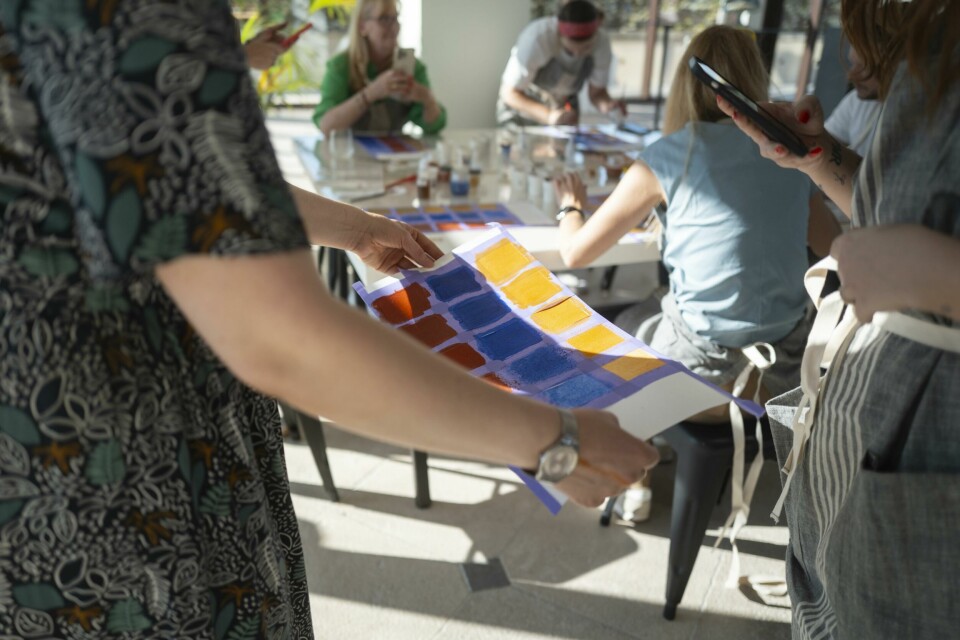
“We ended up with this cloudy, sparkly effect,” says Gersonde of the indigo-inspired blue paint. “I’m so happy with how it came out, and we can see that it would work well with lots of different models – from the CX-80 to the MX-5.” She added that the more versatile a paint is, the easier it is to convince HQ in Japan to get it in production.
New colours, finishes and production methods could be hiding in plain sight, and CMF teams are on the hunt to find them
Two other new colours were also revealed in France, one of which has been earmarked as the shade to have on larger premium models in the portfolio. After picking up on trends at Milan design week (and of course being inspired by actual copper) a metallic gold finish called Melting Copper was created by blending fine aluminium flakes. Artisan Red – a sister colour to the popular Soul Red Crystal – was also shown, carrying less of a deep hue and more gentle.
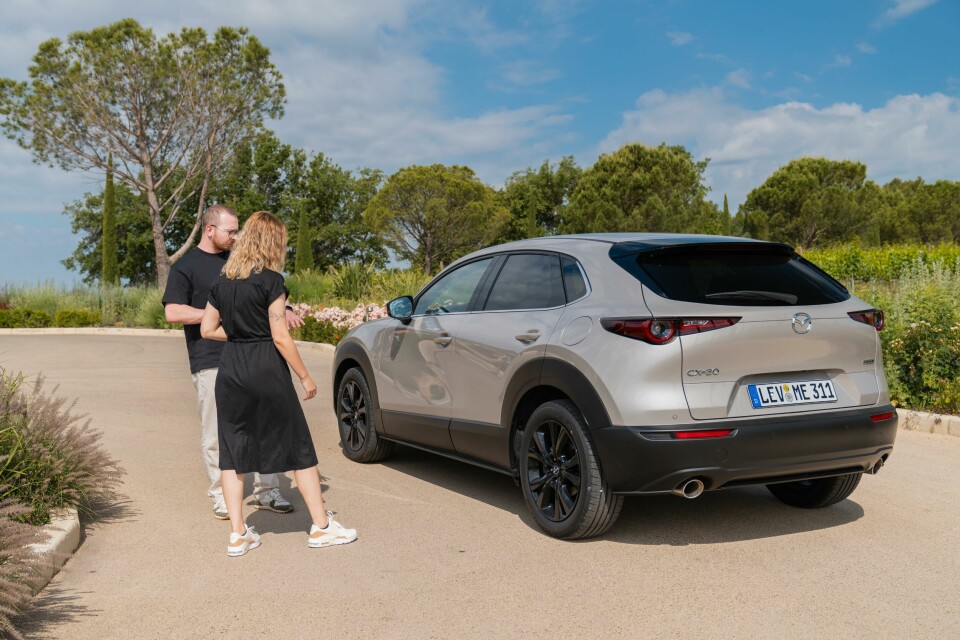
On hand were several CX-30 compact SUVs in a mix of different colours, which served as our mode of transportation around rural France for a couple of days.
CDN’s pick of the bunch came in platinum quartz metallic, a kind of shimmering off-white that – like others in the portfolio – seems to morph depending on the light. Gersonde concludes that colour has a way of connecting with us on an emotional level almost immediately, making it a vital consideration and something that brings the CMF and exterior teams close. The challenge is that colour trends are tough to track as they are so fast changing.
“Colour is the most decisive factor in purchasing appeal. It is the first thing our brain reacts to,” she explains. “But the trend cycle in automotive is quite difficult. Even if we tried, we couldn’t keep up with that is happening in tech or fashion, for example. We need to think ahead and pick up trends early.” And as we found out, it may also be about avoiding ‘new’ and revisiting colours and finishes that have lasted the test of time, like ochre.
Look beyond ochre as a specific example and there are some broader takeaways from our brief jaunt to Marseille. The most obvious is that new colours, finishes and production methods could be hiding away, perhaps in plain sight, and that CMF teams are on the hunt to find them. And crucially, Mazda is clearly fostering an environment where exploration beyond the norm is not only tolerated but actively encouraged, even if there is no definitive outcome. We often hear how teams are working to shape a ‘creative culture’. Well, this is what that looks like.


























